The history of witchcraft may be ancient, but the fear and suspicion surrounding it persist. Perhaps this is because witches have always been women who defy societal constraints—free, deeply connected to nature, attuned to their intuition, and seekers of wisdom. The war against witches, then, is not truly about magic, but about control.
Throughout history, women have been vilified for their instincts, emotions, and deep-rooted connection to the mysteries of life. The moon, ever-changing and enigmatic, has been linked to the feminine across civilizations and mythologies. Both the moon and women are associated with intuition, the subconscious, and emotions—qualities often dismissed or feared in patriarchal societies. Women’s innate sensitivity to nature and spiritual realms made them revered as healers, shamans, and mystics, yet also labeled as dangerous, unpredictable, and even malevolent. Thus, witchcraft became a convenient accusation, a tool to suppress powerful women.
Malleus Maleficarum: A Manual for Hatred Against Women
It has been exactly 536 years since Malleus Maleficarum was published—one of history’s most devastating texts against women. Few books have caused such widespread persecution and suffering. Its infamous chapter, Why Are More Women Addicted to Satanic Superstitions?, offers chilling instructions to inquisitors: how to identify witches, how to interrogate them, how to put them on trial, and ultimately, how to execute them.
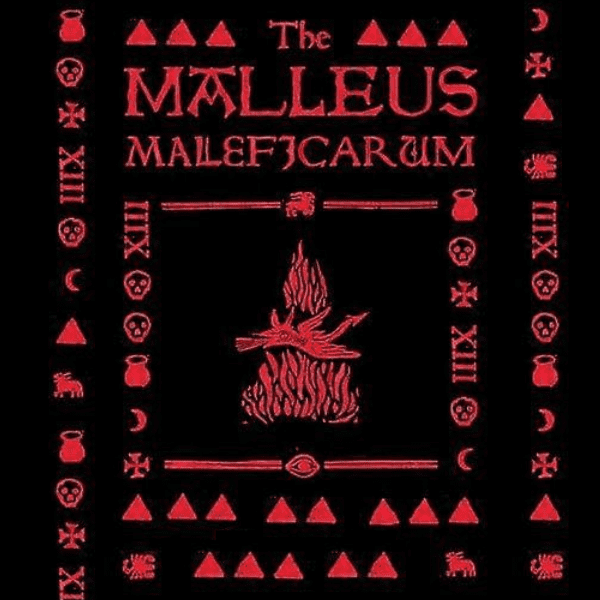
This text reflected the deeply ingrained misogyny of the medieval church, which positioned itself as the ultimate authority over morality and order. With its rigid male-dominated hierarchy, Christianity sought to erase the feminine divine, casting women as weak, deceitful, and susceptible to evil. The male god and his earthly representatives—the church fathers—dictated what was righteous, leaving no space for the nurturing, intuitive, and cyclical aspects of feminine power.
The Erasure of the Divine Feminine
The suppression of women’s power within religion is evident in the exclusion of the divine feminine from mainstream Christianity. The Holy Trinity consists of the Father, the Son, and the Holy Spirit—but where is the Mother? An ancient text banned by the church, The Secret Book of John, reveals a startling truth: “I am the Father, the Mother, the Son. The Holy Spirit is called the Mother. She is the universal womb; she existed before everything.”
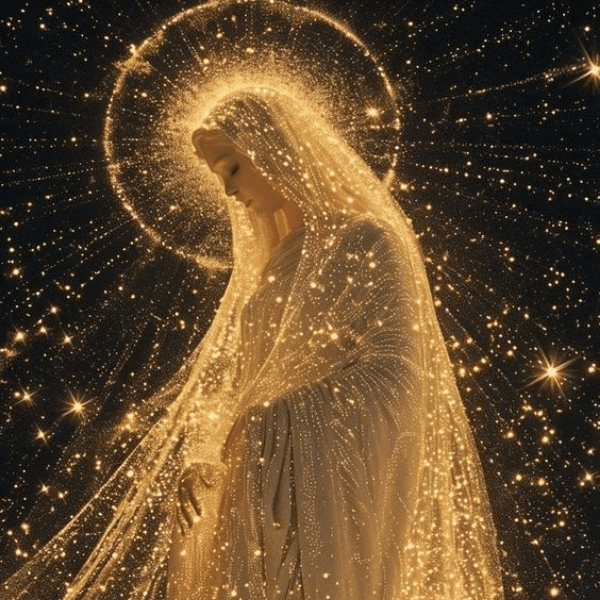
Traces of the Divine Mother can still be found in biblical Proverbs, where Sophia—wisdom itself—is described as a woman who existed before creation and assisted in forming the world. But as Christianity became more patriarchal, her presence was systematically erased. Today, we live in a world governed by division, greed, and imbalance—a world that has silenced the nurturing, healing force of the Mother. What kind of reality would we inhabit if we embraced her instead of banishing her?
Who Was the First Witch?
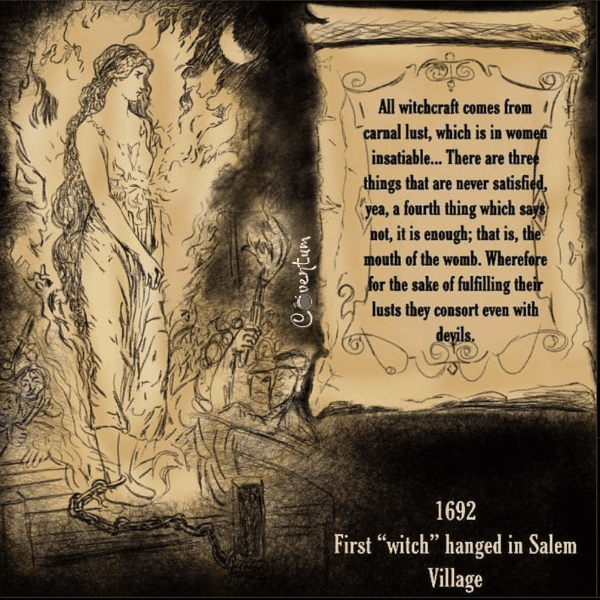
For 300 years, Malleus Maleficarum justified the execution of nearly 1.5 million people, the vast majority of whom were women. It served as the blueprint for identifying and eliminating those deemed a threat to the established order. In the infamous Salem witch trials, the first woman executed was Bridget Bishop, hanged on June 10, 1692. But Bridget Bishop was not the first witch—women labeled as witches have existed for millennia, long before the term itself was coined.
The Origin of the Word ‘Woman’
Language itself carries the remnants of patriarchal bias. The word ‘femina,’ meaning woman, originates from the Latin fe (meaning faith or fetus) and minus (meaning lesser). This etymology suggests that a woman is inherently incomplete or lacking—a reflection of how deeply ingrained misogyny is within history and culture. Such linguistic constructs serve as yet another means of diminishing feminine power.
The Never-Ending Witch Hunt
Witch hunts may no longer involve burning at the stake, but the persecution of women persists in different forms. The case of 22-year-old Mahsa Amini, murdered in Iran for allegedly violating the Islamic regime’s dress code, is a stark reminder that patriarchal oppression still thrives.
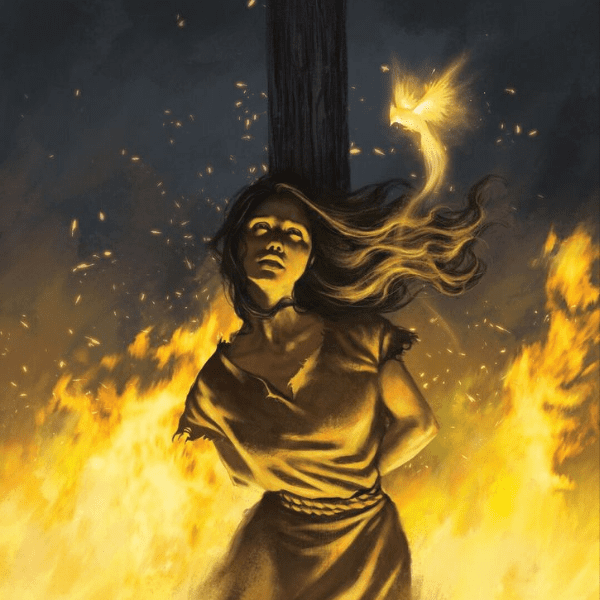
The persecution is not always as explicit as executions. Women are still accused of being too independent, too outspoken, too different. In Afghanistan, women who dare to seek education face acid attacks. In the United States, reproductive rights are stripped away by legislation crafted to control women’s bodies. Around the world, femicide rates continue to rise, with women being killed simply for existing outside the roles assigned to them.
The methods may have changed, but the fear of powerful women remains the same. Women are no longer being accused of sorcery, yet they continue to be controlled, silenced, and punished for their autonomy.
The Zero Point of Witches
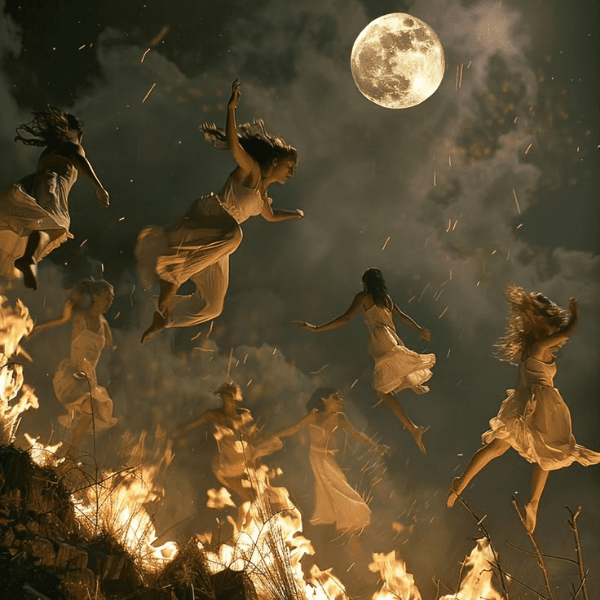
The fear of witches is ultimately the fear of powerful, independent women. The Middle Ages saw witchcraft as a monstrous crime, but today, many women reclaim the identity of the witch not as an insult, but as a symbol of resilience. The idea of women as dangerous, unknowable, and rebellious stems from the same ancient fears that associated them with the moon, darkness, and mystery. Perhaps, then, witchcraft is not merely a practice, but a rebellion—an ancestral memory of resistance against oppression.
Reclaiming the Witch
The modern witch no longer hides in the shadows. Women around the world are embracing the very traits that once condemned them—connection to nature, intuition, healing, and magic. The resurgence of witchcraft is not a trend but a revolution. We have reconnected with the wild woman within us, and this time, no one will hunt her down again.

References:
- SOAR, “A Feminist Perspective on the History of Women as Witches”
- Open Access Government, “They Weren’t Witches; They Were Women: The Witch-Hunts and Their Repercussions”
- Ms. Magazine, “Examining Modern-Day Witch Hunts”
- Feminist Current, “The Horror of the Witch Hunts Remains Ever-Present in Modern Culture”
- JSTOR, “Does Science Persecute Women? The Case of the 16th-17th Century Witch-Hunts”
- Project MUSE, “The Witch ‘She’ / The Historian ‘He’: Gender and the Historiography of the European Witch-Hunts”
